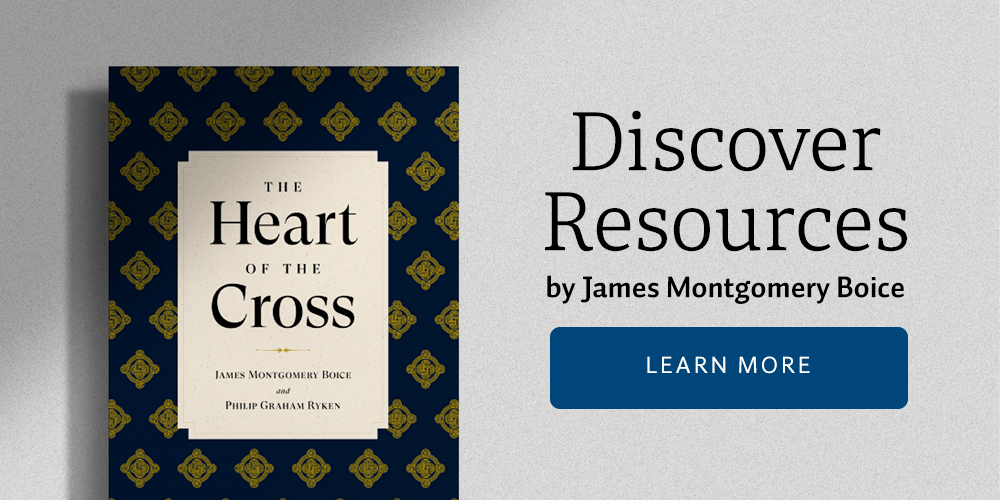Moreover, not only does the Holy Spirit constantly urge us to obey the Golden Rule; it is also true that God will continue to do this with us even though we may grow tired of the process and want to settle for less.
C. S. Lewis gives an excellent illustration of this principle in Mere Christianity. He writes,
When I was a child I often had a toothache, and I knew that if I went to my mother she would give me something which would deaden the pain for that night and let me get to sleep. But I did not go to my mother—at least, not till the pain became very bad. And the reason I did not go was this. I did not doubt she would give me the aspirin; but I knew she would do something else. I knew she would take me to the dentist next morning. I could not get what I wanted out of her without getting something more, which I did not want. I wanted immediate relief from pain; but I could not get it without having my teeth set permanently right. And I knew those dentists; I knew they started fiddling about with all sorts of other teeth which had not yet begun to ache. They would not let sleeping dogs lie; if you gave them an inch they took an ell.
Now, if I may put it that way, our Lord is like the dentists. If you give Him an inch, He will take an ell…that is why He warned people to “count the cost” before becoming Christians. “Make no mistake,” He says, “If you let Me, I will make you perfect. The moment you put yourself in My hands, that is what you are in for. Nothing less, or other, than that. You have free will, and if you choose, you can push Me away. But if you do not push Me away, understand that I am going to see the job through…I will never rest, nor let you rest, until you are literally perfect—until my Father can say without reservation that He is well pleased with you, as He said He was well pleased with Me.”1
What Lewis, the great twentieth-century apologist, says in that quotation about God’s intention to “see the job through” is absolutely right. It is an expression of Philippians 1:6, “Being confident of this very thing, that he which hath begun a good work in you will perform it until the day of Jesus Christ.” God will not quit. Hence, the Golden Rule (as well as all of the Sermon on the Mount) is as much a statement of where God is taking the Christian as it is a standard by which the goodness of the natural man is judged. What will it be? Will you flail away at that or some other standard, and be judged by it? Or will you surrender to Christ, letting God enter your life and remake you into His image? If you let Him, He will turn you into the kind of being who really will think first of others and will reflect back to God, like a pure mirror, some of His own limitless glory, power, love, and goodness. The process may be painful at times, but it will be certain. And you will not miss the goal.
1C. S. Lewis, Mere Christianity (New York: Macmillan, 1958), 157-158.
We see this idea of how to approach God in the Old Testament in the instructions given to Moses for the design of the tabernacle. What was the original tabernacle? It was not a thing of great beauty or permanence. It had no stained-glass windows, no gothic arches. It was just made of pieces of wood and animal skins. But every part of it was significant. The tabernacle, in other words, taught the way to God. It was a great object lesson. Take that tabernacle with its altar for sacrifice, its laver for cleansing, its Holy Place, and its Holy of Holies, and you have a perfect illustration of how a person must approach God.
The altar, which is the first thing we come to, is the cross of Christ. It was given to teach that without the shedding of blood there is no remission of sins, and to direct attention to the Lamb of God who would come to take away the sin of the world. The laver, which came next in the architecture of the tabernacle, is a picture of the cleansing which Christ provides when we confess our sins and enter into fellowship with Him. The table of showbread, which was within the Holy Place, speaks of Christ as the bread of life. The altar of incense is a picture of prayer, for we grow by prayer as well as by feeding on Christ and Bible study. Behind the altar of incense was the great veil, dividing the Holy Place from the Holy of Holies. This veil was torn in two at the moment of Christ’s death to demonstrate that His death was the fulfillment of all these figures and the basis of the fullness of approach to the Almighty. Finally, within the Holy of Holies was the ark of the covenant, with the mercy seat upon which the high priest placed the blood of the lamb on the Day of Atonement. There, symbolized by the space above the mercy seat, was the presence of God. We can now come into His presence because of His great mercy revealed in the death of Christ for us.
There is no other way to come to God than to come through Christ–the Christ of the altar, laver, showbread, incense, veil, and mercy seat. We are to come honestly, that is, without hypocrisy. We are to come biblically. And we are to come focusing on Jesus Christ. In this way, we will attain to friendship with God and be awakened to His glory, which is the essence of worship.
The wonder of Christian worship is that, when we come to God in this way, when we really come in spirit and in truth, we find Him inexhaustible and discover that our desire to know and worship Him further is increased. Bernard of Clairvaux is one who knew this. He wrote toward the middle of the twelfth century:
Jesus, thou joy of loving hearts,
Thou Fount of life, thou Light of men,
From the best bliss that earth imparts,
We turn unfilled to thee again.
We taste thee, O thou living Bread
And long to feast upon thee still;
We drink of thee, the fountainhead
And thirst our souls from thee to fill.
When we so come, when we worship in this way, we find ourselves approaching what the compilers of the Westminster Shorter Catechism rightly described as the chief end of man. The first question of the catechism asks, “What is the chief end of man?” And the answer is, “Man’s chief end is to glorify God, and to enjoy Him forever.”






